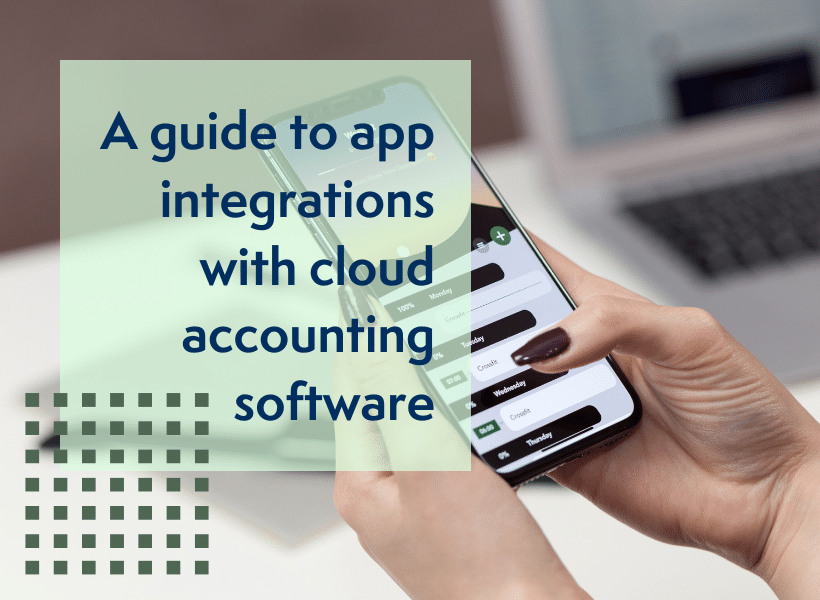The headlines following the Chancellor’s spring statement; a look to the year ahead; tax planning – now is the perfect time to look at the most recent news, updates and things to be aware of for your business, whether a small owner-managed firm or a large corporate.
With the ever-growing need for businesses to be considering adopting a ‘digital first’ approach, we also give you our thoughts on three cloud accounting apps that may appeal to your business needs. If you haven’t read our first cloud accounting app review you will find it in the winter 2021 edition of Proactivity.
Tax planning – updates and what to look out for following that spring statement
Tax allowances and rates
Rishi Sunak’s spring statement may have contained few major new tax changes affecting small and medium-sized enterprises (SMEs) – with the promise of more reforms to come in the Autumn Budget – but it’s worth remembering that several previously announced measures have yet to come into force. Here’s a list of what’s to come for businesses;
April 2022
- Employment Allowance for small businesses increases to £5,000
- National Insurance increases by 1.25% for employers until the new Health & Social Care Levy becomes a separate tax in April 2023 (announced in September)
- The lower profits limit for Class 4 National Insurance contributions paid by the self-employed increases to £11,908
- Dividend income tax rates increase by 1.25% (announced in September)
- Residential property developer tax is due to be introduced, bringing in a 4% tax on companies with profits above £25m (announced in the Autumn 2021 Budget)
- VAT on tourism and hospitality returns to the standard rate of 20% when the temporary 12.5% rate ends (announced in the Spring 2021 Budget)
- National minimum wage rates increase for the over 23’s to £9.50
July 2022
- The primary threshold above which Employers pay Class 1 National Insurance contributions increases to £12,570
It doesn’t stop there, we’ve covered what we know is coming until April 2024 in our full guide to managing the fallout from the spring statement – we break down what the changes are and our experts give their advice on how both businesses and individuals can attempt to limit the impact.
Now, aside from the spring statement, what other tax news is important to have front of mind?
The Health and Social Care Levy
Boris Johnson announced a new tax rise to fund the Government’s long-awaited plan for health and social care back in September.
The Health and Social Care Levy will impact employers and business owners as well as employees and the self-employed. In the short term, National Insurance (NI) will increase by 1.25% from April 2022. At the same time, tax rates on dividends will also increase by 1.25%.
Then from April 2023 onwards the Health and Social Care Levy becomes a separate tax on earned income, with NI rates returning to their current level. An important difference at this point is that workers over the state pension age, who currently don’t pay NI, will have to pay the 1.25% levy. The 1.25% increase in National Insurance contributions (NICs) applies to employers as well as employees, and businesses will therefore need to budget for these additional costs from April 2022 onwards.
Self-employed people will also see their Class 4 NICs increase by 1.25%. The good news for employers is that existing reliefs on NICs, including the employment allowance, will also apply to the new levy.
P11D submissions are now elsewhere
From 6 April 2022, the interactive PDF used to submit P11D and P11D(b), HMRC’s Online End of Year Expenses and Benefits service, will no longer be available. Instead, employers should use HMRC’s PAYE Online service. This allows:
- Submissions for up to 500 employees
- Online submissions of P46(car) – without the need to download the latest version of Adobe Reader or to use a certain web browser to access it
End-of-year expenses and benefits can also be reported using commercial payroll software.
ATED – Another reminder
Annual Tax on Enveloped Dwellings (ATED) tax unlike other corporation taxes is reported ahead of time rather than retrospectively, in other words, the returns for this year covering the period through until 2023 should be submitted by the end of April this year. For full details on what Annual Tax on Enveloped Dwellings is and when you should be reporting it check out our article in the summer 2021 edition of ProActivity.
EMI returns will be required soon
Are you an employer who operates Enterprise Management Incentives (EMS)? An EMI scheme is a tax-advantaged share scheme that can be operated by qualifying independent trading companies with assets of £30 million or less. EMI share options can be granted to eligible employees.
You need to tell HMRC about your EMI scheme before you can submit an EMI notification, and importantly you must make the notification by 6 July following the tax year the advantage scheme was established. Within 7 days of registering your scheme, you’ll receive a reference number. When you have it, you can tell HMRC about the grant of an EMI option – however, even if there was no reportable event within the year you must submit existing scheme returns.
What’s more, you must tell HMRC about a grant of an EMI share option by submitting an EMI notification within 92 days of the date of the grant, or you risk losing any tax benefits for you and your employees.
MTD – the time is nigh for those under the £85,000 threshold
From 1 April, the Making Tax Digital rules also applied for VAT registered businesses with a turnover under £85,000 per annum for the VAT period. We can help you transition to cloud accounting software that is compatible with MTD rules. Read more about MTD and the future steps in this article from the summer 2021 edition of ProActivity.
For full tax rates download our comprehensive guide to 2022/23 tax rates here.











